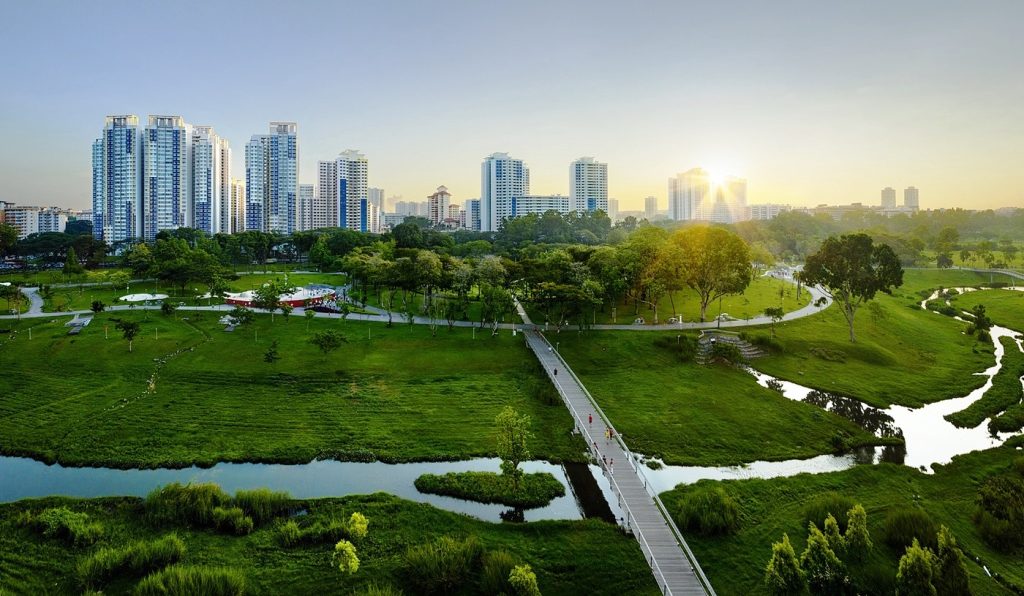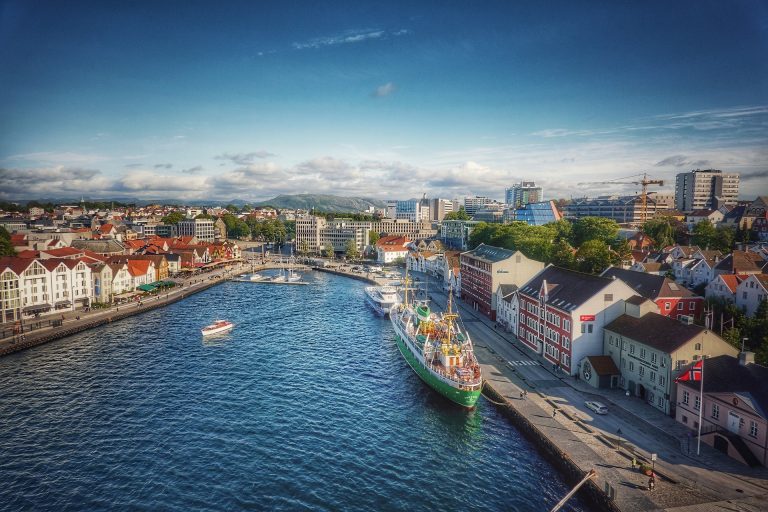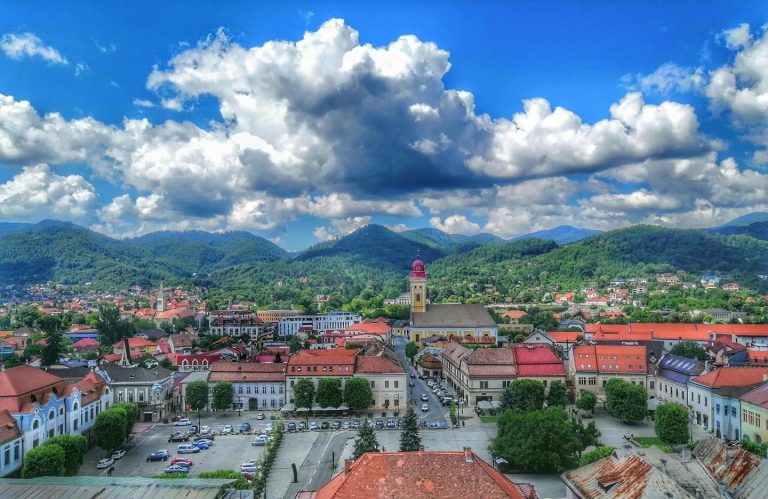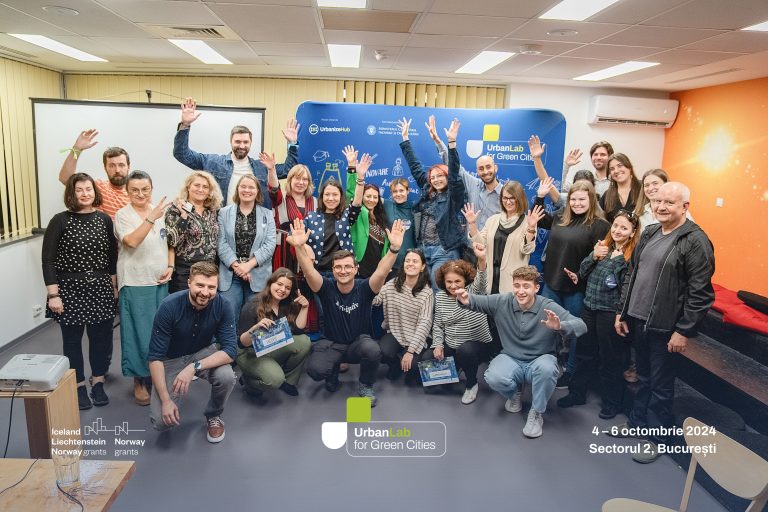In recent decades, a series of economic and demographic changes transformed our living landscapes and lifestyles. Today over 54% of the world population lives in urban areas, while in the 1960s two thirds of the world population was living in rural environments.
Considering geo-economic disparities, developed countries tend to be more urbanized than developing countries, although poorer countries are rapidly catching up, with astonishing population growth.
The number of cities exceeding a million people has grown exponentially in Africa and Asia. Policy makers there have to deal with the bourgeoning of slums and shantytowns, which are insalubrious environments and areas of terrible social distress.
In Mongolia, the most sparsely populated country in the world, the areas surrounding the city of Ulan Bator have seen the growth of numerous sprawling settlements of white, round, traditional Mongolian tents, as nomads have been drawn to the city.
According to government estimates, these so-called “Ger districts” are now home to nearly 800,000 people, more than half of the city’s total population. They have little access, if any, to basic public services such as piped water, sewage, heating, schools, hospitals and public transport.
Every morning, especially during the cold months, the black smoke coming from rudimentary coal stoves used for heating and cooking in the “Ger districts” transforms the “Land of Blue Sky” in one of the most polluted areas in the world. High unemployment, criminality and rampant alcoholism make things even worse.
Coping with these trends is a challenge for humankind and for the future of our planet.
Population density creates compromising environmental and social pressures in urban areas. Continuous land consumption and increasing pollution are depleting and deteriorating the locally available natural resources and negatively affecting the local ecosystem and its biodiversity, which in turn contributes to the global environmental disequilibrium.
Intense urban pressures on rural areas
Urban areas, lacking space and salubrious conditions, are highly dependent on the supply of energy, natural resources, clean water and food from the outside (rural and marginal areas).
The rural population, decreasing as the urban population surges, has to produce more and more for urban centers every day. Transport and logistics become essential for procurement, while rural inhabitants become a mere factor of production that is to be exploited.
Besides intensive agriculture, rural and wild areas are subject to wood cutting, extraction and mining activities, as well as other highly polluting industries all contributing to climate change, ocean acidification, desertification, deforestation, etc.
To sustain this model of urban consumption, a European farmer has to feed, on average, 125 people. A century ago, a farmer would feed 6 to 8 people in their neighborhood.
This change is due to the technological advancement in agricultural machinery and the development of the bio-chemical industry, which boosted crop yields. Nonetheless, this miracle of efficiency, from an extensive to an intensive form of agriculture, is not without costs.
According to research by the EU, the soils across the European fertile plains and basins are being over-exploited, degraded, and irreversibly lost due to inappropriate land management practices, industrial activities and land-use changes that lead to soil sealing, contamination, erosion and loss of organic carbon.
As input flows are amplified, output flows are also under stress. Waste and used materials are the main urban physical outputs which rural and wild empty areas must absorb.
Everyone knows about the Pacific Trash Vortex, a vast quantity of waste floating around the Pacific Ocean, about the Chittagong Ship breaking Yard, the world-famous sandy beach cemetery for ships in Bangladesh, or about the open landfill of Agbogbloshie in Ghana, where bare-handed waste pickers (mostly minors) dismantle tonnes of electrical and electronic appliances in search of valuable metals. Those are just egregious examples of the end stage of our modern consumption-based economy.
The real goal is to get back to urban development based on a holistic concept of integrated ecology considering urban-rural interaction. The human sphere must be seen as part of the overall ecological system and not as its master. Sustainability measures should not be intended as a compensating activity but must be at the basis of any development policy.
The biggest risk for policy-makers today is to translate sustainability and resilience only from a technological point of view and promote greeneries as an instrument of private and public green-washing without calibrating it with other policies in a long-term sustainability strategy.
 Stéphane Jedrzejczak is a researcher at the Interdisciplinary Unit for Sustainable Economy based at University Cattaneo in Italy, and contributor at UrbanizeHub. He has been working on local development projects in Italy and abroad (Mongolia and Nepal) and on waste issues with an international NGO in Brussels. He is currently a PhD candidate focusing his research on sustainability issues during business incubation and development. He has previously obtained a Master in Local Development and a Master in International Business Management.
Stéphane Jedrzejczak is a researcher at the Interdisciplinary Unit for Sustainable Economy based at University Cattaneo in Italy, and contributor at UrbanizeHub. He has been working on local development projects in Italy and abroad (Mongolia and Nepal) and on waste issues with an international NGO in Brussels. He is currently a PhD candidate focusing his research on sustainability issues during business incubation and development. He has previously obtained a Master in Local Development and a Master in International Business Management.
Photo: asmmag.com

